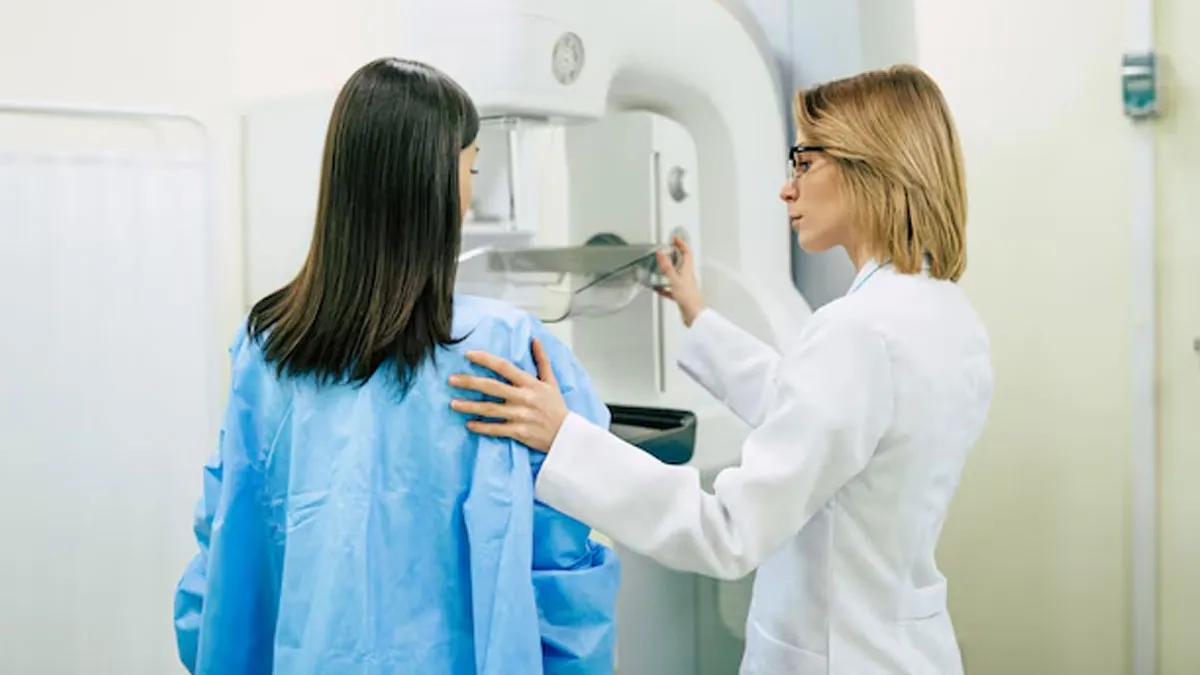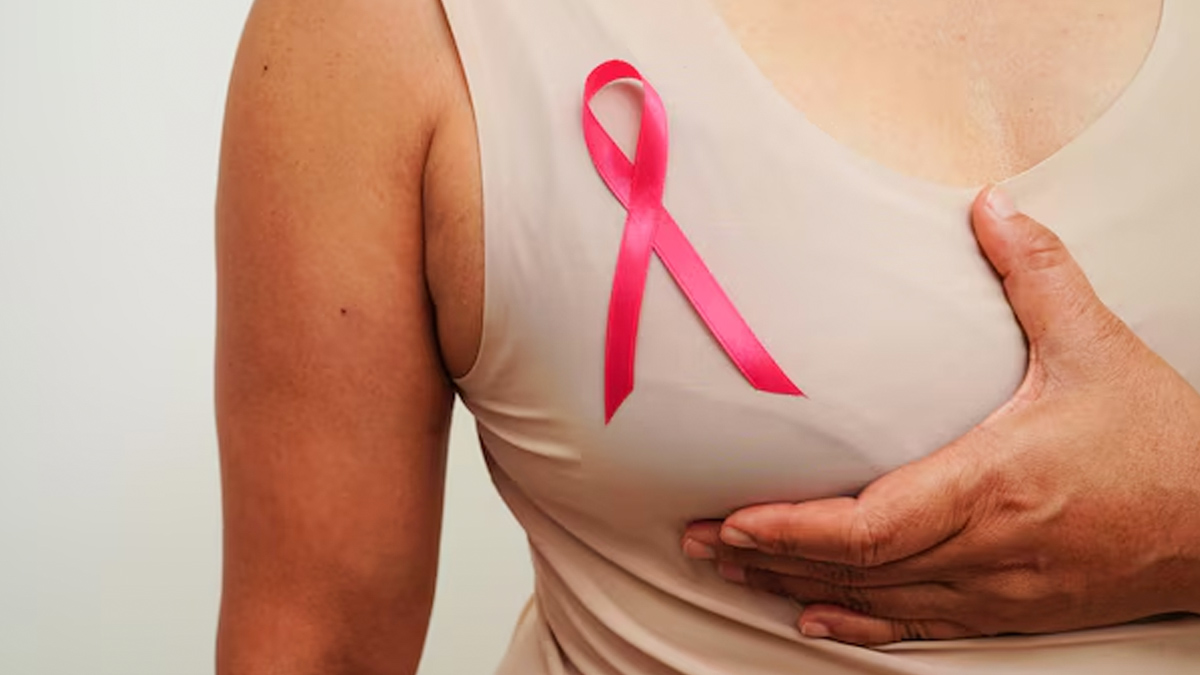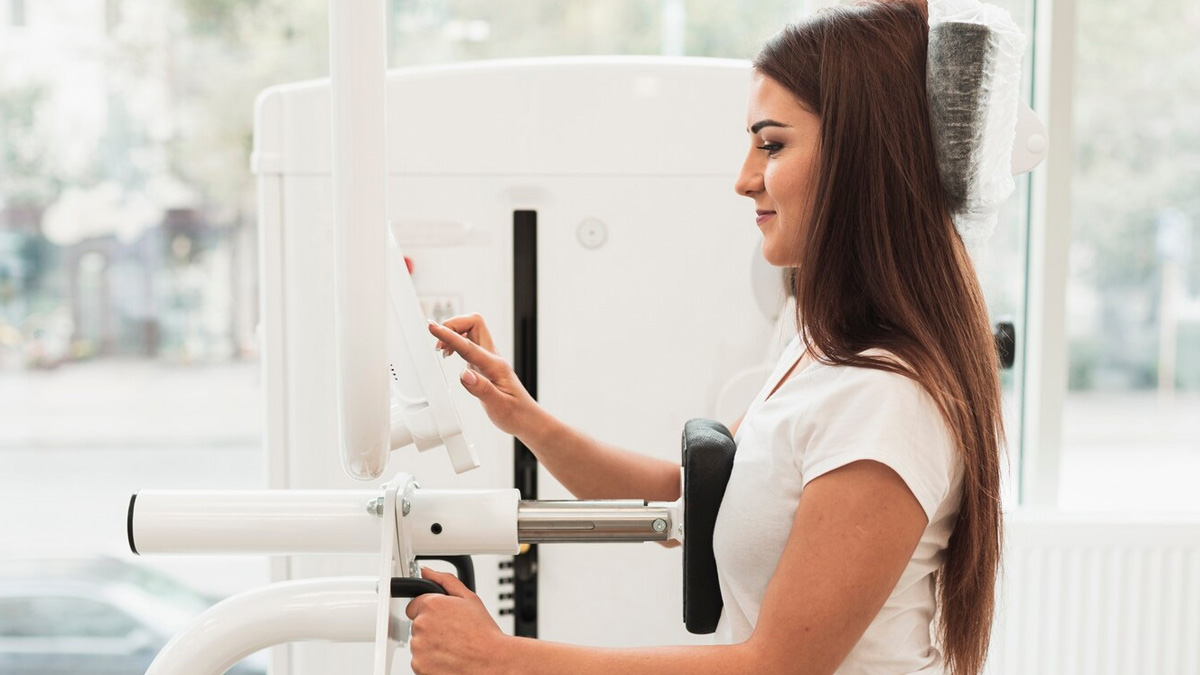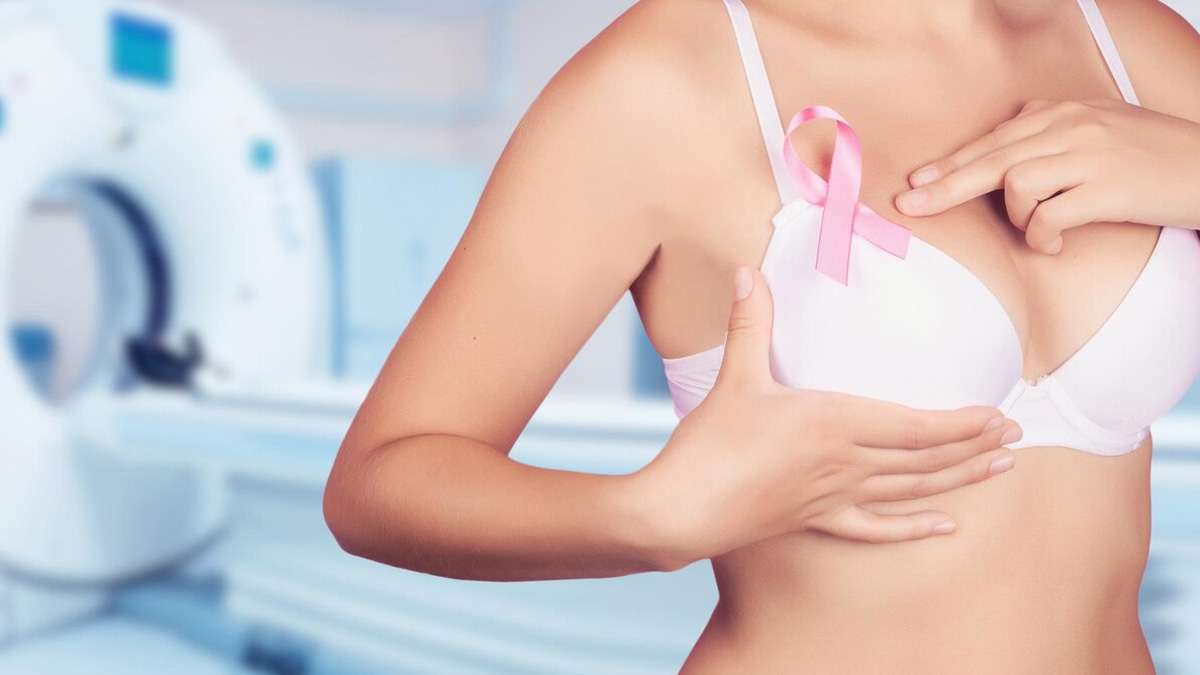
Breast health is an essential part of women’s overall well-being, yet many are unaware of what it means to have dense breasts and how it can impact breast cancer screening. According to Dr Aditya Vidushi, Senior Consultant & Head of Unit III, Specialist Medical Oncology, Asian Hospital, Delhi, dense breasts are quite common and not a cause for alarm, but they do require some extra attention.
Table of Content:-
What Are Dense Breasts?

“It simply means that there is more firm tissue in the breasts, such as glands and fibrous parts, and less fat inside the breast,” explains Dr Vidushi. “It is very common and normal in many women and in no way an indicator of an abnormality. However, women with dense breasts may need to be more careful with breast check-ups.”
In other words, breast density refers to the composition of your breast tissue. High breast density is not something you can feel; it is usually detected through a mammogram. Dense breasts have more glandular and connective tissue and less fatty tissue, which can affect how clearly issues like lumps or tumours appear on screening tests.
Also Read: Is a Mammography Test Painful? Dipika Kakar Undergoes The Test for Breast Health
Why Is Cancer Harder To Detect In Dense Breasts?
According to the American Cancer Society (ACS), women who have dense breast tissue have a higher risk of breast cancer compared to women with less dense breast tissue. Additionally, dense breast tissue also makes it harder for radiologists to see cancer on mammograms.
“In dense breasts, both normal tissue and cancer look white in a mammogram, and due to this, it is tough for doctors to spot any small lumps or problems, as they may hide in the dense area. Thus, extra precision is needed in such patients, especially during breast cancer screening,” Dr Vidushi explains.
Since tumours and dense tissue appear similarly on mammograms, abnormalities can go unnoticed. This makes it important for women with dense breasts to have a conversation with their doctor about their screening options.
Can A Standard Mammogram Still Detect Issues?

Despite the limitations, Dr Vidushi reassures that mammograms still play a crucial role. “A regular mammogram can still detect many abnormalities in dense breasts. However, it may not show everything clearly. In such cases, doctors may advise other tests to confirm the disease. However, this does not mean that the standard mammogram should be skipped since it will be able to highlight early signs of breast issues.”
So while a mammogram may not give the full picture in dense breasts, it remains the first and most accessible step in early detection.
What Other Tests Can Help?
“Along with a mammogram, doctors may also suggest an ultrasound of the breast or even an MRI, if it is needed. Ultrasound is commonly used in India and can help see through dense tissue better. However, depending on the age of a patient and other risks and health conditions, the doctor may advise such tests.”
These additional screenings provide more clarity, especially for women at higher risk or those whose mammogram results are inconclusive. Breast ultrasound is non-invasive, widely available, and helps in visualising lumps that may not show up on a mammogram.
Also Read: Breast Health Tips For Women With Dense Breasts
When Should Women With Dense Breasts Begin Screening?

Dr Vidushi emphasises the importance of starting early, especially for high-risk women. “It is advisable that women in general should start regular breast check-ups from the age of 40. However, for those with a family history of breast cancer or dense breasts, the doctors may even advise at 35. Early screening and detection help in early detection, and the chances of recovery are much better.”
Women should speak with their doctor to personalise their screening plan based on individual risk factors, breast density, and family history.
Final Word
Having dense breasts is not uncommon, nor is it something to panic about. However, it’s essential to stay proactive about your breast health. Regular screenings, informed discussions with your doctor, and timely follow-ups can make a significant difference. Remember, early detection truly is key, and knowing your breast density is a powerful first step.
Also watch this video
How we keep this article up to date:
We work with experts and keep a close eye on the latest in health and wellness. Whenever there is a new research or helpful information, we update our articles with accurate and useful advice.
Current Version